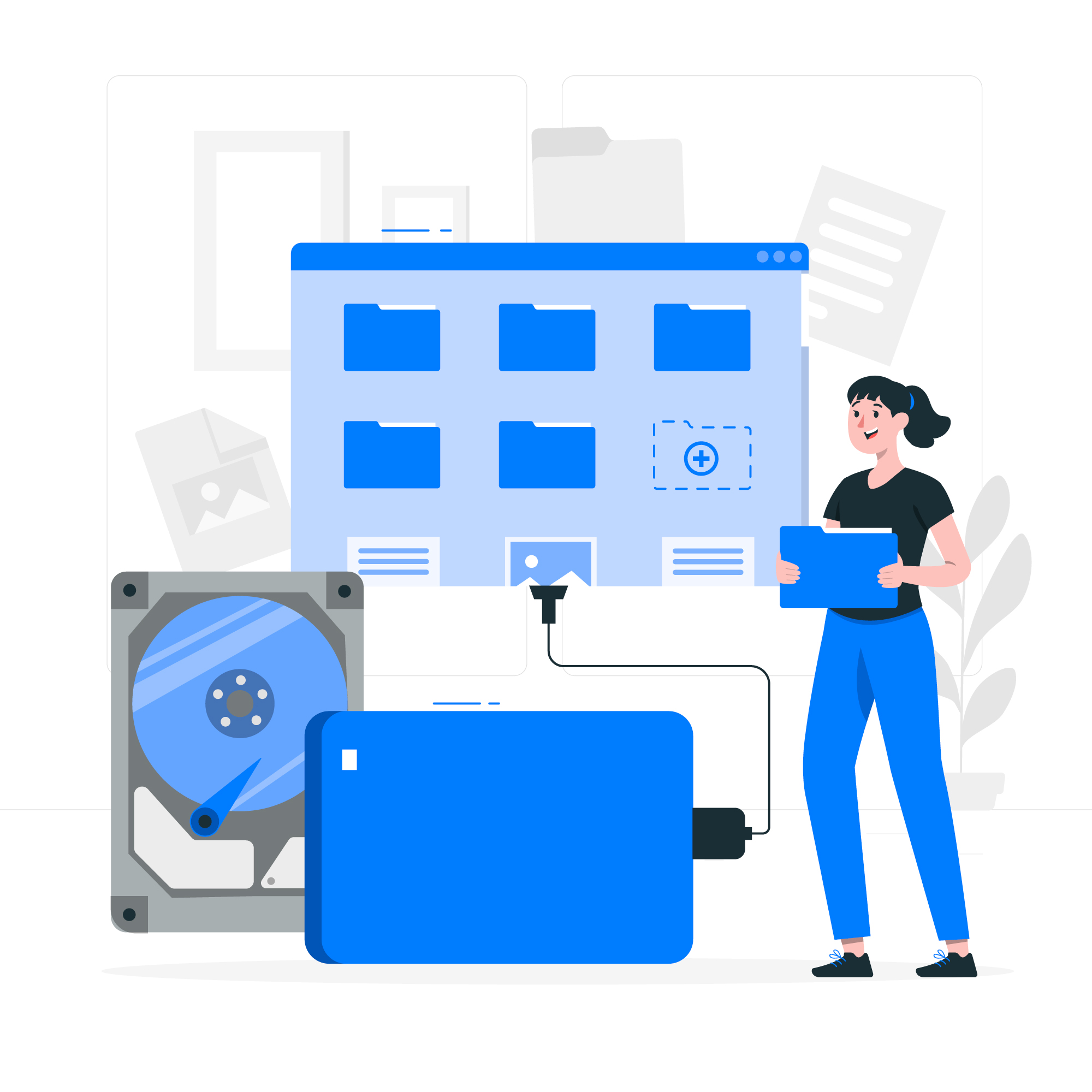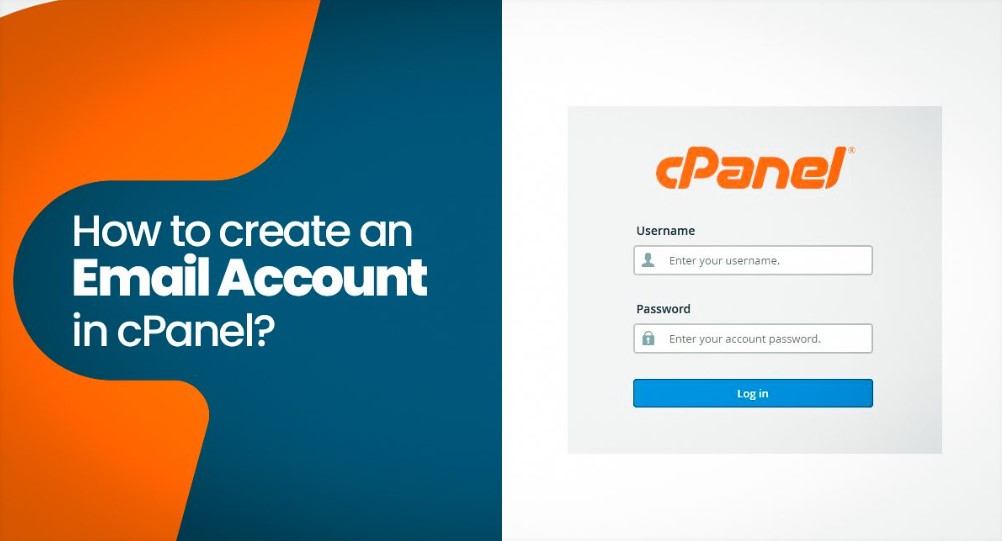cPanel’s File Management Features provide powerful tools to help you efficiently manage your website files, backups, and directories.
Table of Contents
cPanel’s File Management Features
Here’s an overview of the most important features and how to use them effectively:
1. File Manager
The File Manager in cPanel is an intuitive graphical interface for managing all your website files directly from your browser, without needing FTP or third-party file management.
- How-To:
Navigate to Files > File Manager. Here, you can:- Upload, download, edit, copy, move, and delete files.
- Create and extract compressed files (ZIP, TAR, etc.).
- Adjust file permissions (read, write, execute) using the Permissions tab.
- View hidden files (e.g.,
.htaccess) by enabling the “Show Hidden Files” option.
This feature makes it easy to manage your files and folders without using FTP or SSH.
2. FTP Accounts
FTP (File Transfer Protocol) accounts allow you to upload, download, and modify website files remotely.
- How-To:
Go to Files > FTP Accounts. From here, you can:- Create new FTP accounts with unique usernames and passwords.
- Set directory access limits for each account (e.g., limit access to certain folders).
- View, modify, or delete existing FTP accounts.
FTP is ideal for transferring large files or multiple file management at once via FTP clients like FileZilla.
3. Backup and Restore
cPanel offers built-in tools for creating and managing backups of your website’s files and databases.
- How-To:
Under Files > Backup Wizard or Backup, you can:- Generate a Full Backup of all files, databases, email accounts, and configurations.
- Download partial backups (home directory, databases, email forwarders, etc.).
- Restore individual files or databases from previous backups.
Regular backups protect your site from data loss, allowing quick restoration if needed.
4. Disk Usage
The Disk Usage feature helps monitor and manage storage by showing a detailed breakdown of your server’s disk space usage.
- How-To:
Go to Files > Disk Usage to:- View how much space is being used by each directory and file.
- Identify large files or directories that may be consuming unnecessary space.
- Quickly navigate to specific directories and manage files directly from the Disk Usage interface.
This feature is useful for optimizing disk space and cleaning up unnecessary files.
5. Images
cPanel’s Images tool allows you to manage and modify image files on your server.
- How-To:
Go to Files > Images. You can:- Thumbnailer: Create thumbnails for image files, useful for galleries or previews.
- Scaler: Resize images to reduce their dimensions and file size.
- Converter: Convert image file formats (e.g., from PNG to JPG).
These tools help reduce image sizes, optimize website speed, and enhance performance without needing external tools.
6. Web Disk
Web Disk allows you to access your server’s files directly from your desktop as if they were on your local machine.
- How-To:
Go to Files > Web Disk and configure your desktop or mobile device to connect to your server. This feature supports platforms like Windows, macOS, Linux, and mobile operating systems.- Use it to drag and drop files between your local system and server.
- File management from your computer’s file explorer.
Web Disk is ideal for users who prefer a desktop-style file management experience.
7. Directory Privacy
Directory Privacy allows you to password-protect certain directories on your website, useful for restricting access to sensitive files or sections of your site.
- How-To:
Go to Files > Directory Privacy and select the directory you want to protect.- Enable password protection and set a username and password.
- Only users with the correct credentials will be able to access the protected directory via the web.
This feature adds an extra layer of security to sensitive files or private sections of your site.
8. File Permissions
Setting the right file permissions is critical for site security and functionality.
- How-To:
In File Manager, select a file or folder and click Permissions. You’ll see a dialog that lets you set the read, write, and execute permissions for the Owner, Group, and Public.- Permissions are typically displayed as three digits (e.g.,
755or644). - Set secure permissions for important files like
.htaccessorwp-config.php.
- Permissions are typically displayed as three digits (e.g.,
Proper file permissions prevent unauthorized access and help keep your site secure.
9. Code Editor
cPanel’s Code Editor is a built-in text editor with syntax highlighting, perfect for editing HTML, PHP, CSS, and JavaScript files.
- How-To:
In File Manager, select a file and click Edit or Code Edit to open the file in the editor.- The Code Editor offers syntax highlighting for popular programming languages, making it easier to spot errors or code changes.
This feature is great for making quick edits directly on your server without using external editors.
10. FTP Session Control
Keep track of FTP sessions and control active connections to your server.
- How-To:
Go to Files > FTP Connections to view all currently active FTP sessions.- You can disconnect any active FTP session to free up server resources or close unauthorized access.
Monitoring FTP sessions is essential for preventing unauthorized file access and securing your site.
By leveraging cPanel’s File Management Features, you can easily control every aspect of your website’s files and directories, making routine tasks like file uploads, backups, and permissions file management more efficient.




